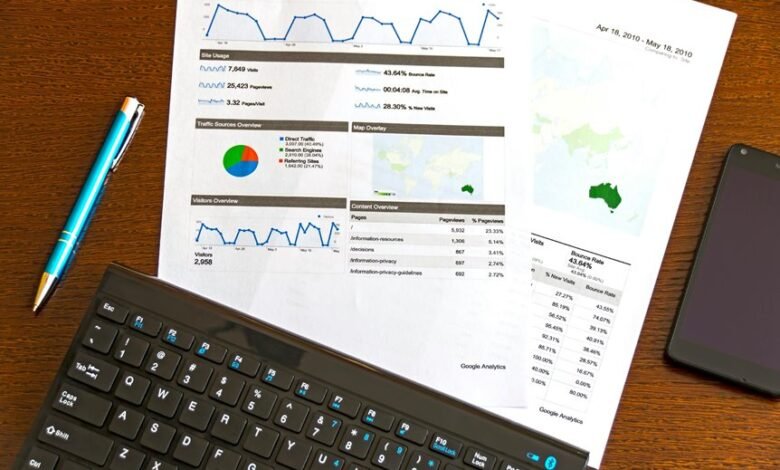Understanding Economic Trends 3444792035

Understanding economic trends requires a careful analysis of key indicators such as employment rates and inflation. These metrics inform policymakers and investors about the economy’s health. Consumer behavior also plays a critical role in shaping market dynamics. Additionally, global influences and technological advancements significantly impact economic growth. As these factors evolve, businesses must adapt their strategies to remain competitive. What implications do these shifts hold for future economic resilience?
Key Economic Indicators to Watch
Key economic indicators serve as vital metrics for assessing the health and trajectory of an economy.
Employment rates provide insight into job market vitality, while inflation trends reveal price stability and purchasing power.
Together, these indicators inform policymakers and investors, guiding decisions that impact economic freedom.
Understanding their fluctuations is crucial for navigating complexities within the market landscape and fostering sustainable growth.
The Role of Consumer Behavior in Economic Trends
Although often overlooked, consumer behavior plays a pivotal role in shaping economic trends, influencing demand and supply dynamics across various sectors.
Behavioral economics illustrates how consumer spending patterns respond to psychological factors and external stimuli, ultimately impacting economic growth.
Understanding these behaviors allows businesses and policymakers to anticipate market shifts and tailor strategies, fostering environments that encourage sustainable economic development and consumer autonomy.
Global Market Influences on Local Economies
Consumer behavior, influenced by a myriad of factors, also reflects broader global market dynamics that exert significant pressure on local economies.
Fluctuations in global supply chains, driven by varying trade policies, can drastically affect local pricing structures and employment rates.
Consequently, local businesses must adapt swiftly to these changes to maintain competitiveness, illustrating the intricate interplay between global market forces and regional economic health.
The Impact of Technological Advancements on Economic Growth
Technological advancements serve as a catalyst for economic growth, reshaping industries and enhancing productivity across various sectors.
The benefits of automation streamline operations, reduce costs, and increase output, while digital transformation fosters innovation and creates new market opportunities.
These trends collectively contribute to a more dynamic economy, enabling businesses to adapt rapidly and harness the potential for sustainable growth and improved competitiveness.
Strategies for Adapting to Economic Changes
As economic landscapes evolve due to shifting market dynamics and global influences, businesses must implement effective strategies to navigate these changes successfully.
Market resilience strategies, such as agile supply chains and responsive pricing models, can enhance adaptability.
Additionally, financial diversification tactics, including varied investment portfolios and revenue streams, are crucial for mitigating risks and seizing opportunities, ultimately fostering sustained growth and independence in fluctuating markets.
Conclusion
In conclusion, the intricate interplay of key economic indicators, consumer behavior, global market dynamics, and technological advancements shapes the landscape of economic trends. As businesses navigate this complex terrain, the ability to adapt becomes paramount. Coincidentally, those who embrace change not only weather economic fluctuations but also uncover new opportunities for growth. Thus, understanding these trends is not merely an academic exercise; it is a vital strategy for resilience and sustainable success in an unpredictable world.




